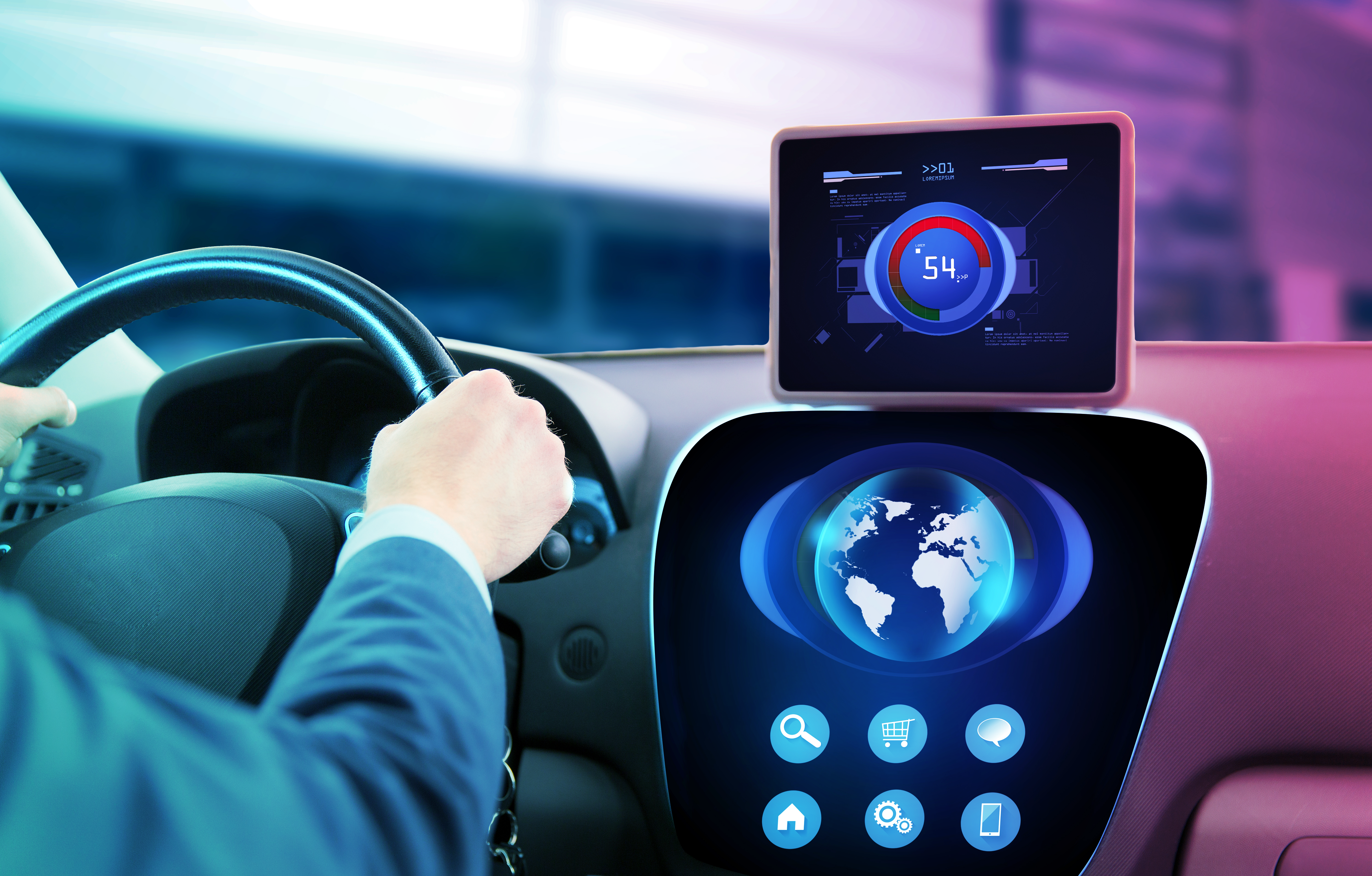Anyone with any interest in cars and technology remembers what happened when BMW introduced its ‘heated seats on subscription’ service. But did the reality match the meltdown on Reddit?
If the results of a new S&P survey are anything to go by, it’s a bit less black-and-white than it seems. While fewer than 30% of users are willing to pay for warmer backsides and hands, what they are prepared to pay for suggests that – as always – it’s about perceived value, convenience and user experience:
- Navigation services
- Safety and security services
- Infotainment
- Upgrades to existing safety features
As S&P puts it, “The perceived outrage doesn’t match reality. Once consumers experience connected services, they are overwhelmingly satisfied and likely to re-subscribe.” The other side of that coin: “When everything becomes a subscription, it becomes overkill.”
So where’s the line?
Want buy-in? Add value
As a JD Power survey last year indicated, technology is a leading reason to purchase – as long as that in-vehicle technology is well executed. The bedrock of this is usefulness – few people are willing to pay for something they only use once in a while.
As this new survey suggests, safety features top the list of upgrades customers are prepared to pay for: 89% of global respondents say they’d accept paid upgrades for features such as high-beam assist and driving-video recorder. In second place: navigation and safety/security features. To put the heated seats in context: features that have long been available as standard on upper-trim models have lower perceived value when structured as a subscription. Don’t want the heated seats? Fine. More horsepower for your EV? Subscribe and get your boost.
Of course, a lot depends on users actually knowing that these great features are available – and making it easy for them to access them.
Tell them about it
Usefulness is key. But what happens when customers don’t know about the possibilities on offer?
More than one-in-four respondents either didn’t know connected services were available or noted that their dealer didn’t offer (or even mention) them. Previous research has shown that when dealers demonstrate in-car technology, owners are more likely to use it: “When a dealer educates a new owner, it elevates the entire ownership experience.”
As this research suggests, it also elevates the automakers’ bottom line: 82% of respondents who had experienced a free trial or existing subscription said they would definitely or probably consider purchasing subscription-based services on a future new vehicle purchase. Just under half (45%) of respondents had their service activated at the dealership, typically as part of a free trial period – something that S&P says improves the odds of growing subscribers, because the vast majority say they’re likely to renew. With 85% satisfaction rates, users said they’d recommend their service to a friend. According to S&P, Audi Connect and BMW ConnectedDrive consistently perform well, scoring high in most global markets for three years in a row.
Learn from the data
One thing is clear: dealerships play an important role in creating both awareness and acceptance of in-vehicle technologies. But as many industry experts have pointed out, ease-of-use and relevance to customers are two of the key challenges to driving use of new mobility services and technologies. On that front, Cubic CEO Barry Napier says that automakers with the capacity to hone services around user insights will be the most successful, not just from a user experience point of view, but also to avoid duplication with services already available on the customer’s phone – a key finding of this survey is that the leading reason for not buying or renewing a connected service is ‘smartphone has a similar application’ (38%).
The key to avoiding the irrelevance trap: data.
Automakers everywhere are engaged in a balancing act between partnering with mobile tech giants and ensuring that they benefit from customer data and control over the in-vehicle experience. Ultimately, according to Napier, “It’s about walking the fine line between ensuring that every service and application is what the end-user wants – and a big part of that is the ability to recognise that different customers in different regions or locations are going to have different requirements. As, indeed, will the local regulatory authorities.”
From insights to value
“The next three-to-five years will be all about user experience and value-added services,” says Napier. “That’s where automakers can have an impact and gain real-time insights into user experience now. And that’s where you’re going to see customisation efforts. User data is the key to achieving those goals.”
As always, the devil is in the detail. But that doesn’t mean it’s not worth testing out new ideas on your early-adopters – as Cubic CEO Barry Napier says, that’s where user data comes into its own: “By understanding how your early adopters are using your technologies, automakers can gain meaningful insight and competitive advantage before pushing more advanced innovations into the mainstream.”
The power of know
Data works best when it works intelligently. Cubic Telecom’s PLXOR solution gives businesses and automakers the actionable insights and visibility they need to understand how their users consume in-vehicle services. To find out more, check out our PLXOR for automotive brochure today.

